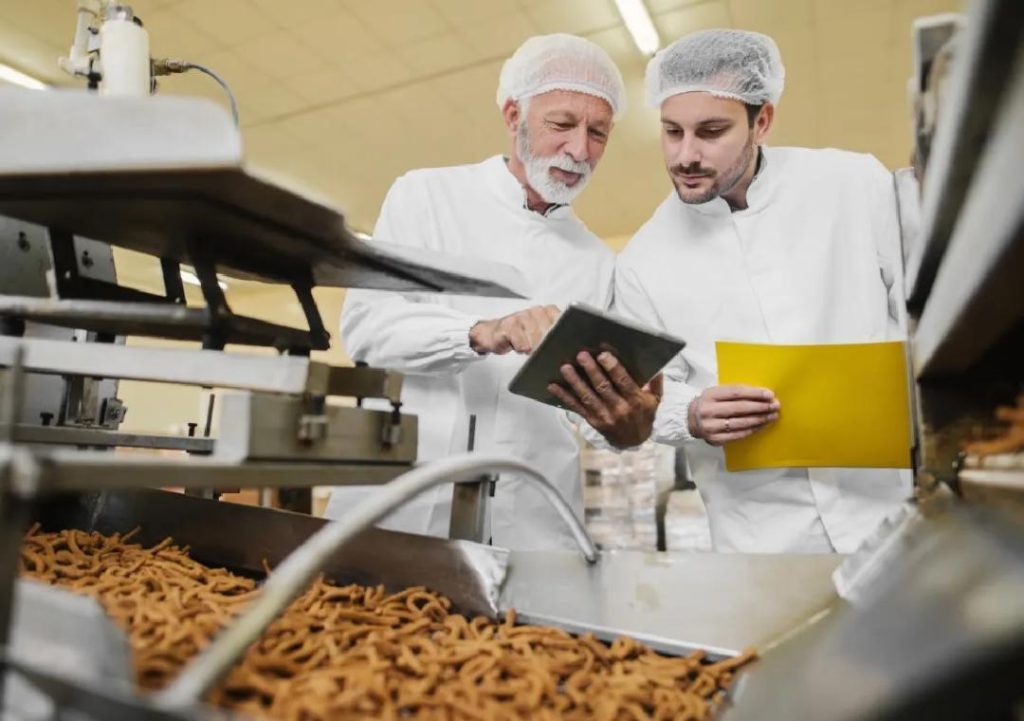
Can P&L Optimisation Redefine Success in Food Technology?
The food technology industry is rapidly evolving, with innovative companies revolutionizing the way we produce, distribute, and consume food. To stay ahead of the competition, these businesses must not only focus on developing cutting-edge products and services but also optimise their financial performance. In recent years, Profit and Loss (P&L) optimisation has become a crucial strategy for food technology companies to improve profitability, streamline operations, and drive sustainable growth.
In this blog post, we’ll explore the importance of P&L optimisation in food technology, the tools and techniques used to achieve it, and the benefits of adopting a scalable model. We’ll also examine how P&L optimisation can redefine success in the food technology industry and provide tips for businesses looking to implement this strategy.
The Importance of P&L Optimisation in Food Technology
P&L optimisation is the process of maximising profits by minimising costs and optimising revenue streams. In food technology, this involves streamlining operations, reducing waste, and improving demand forecasting. By achieving these goals, businesses can boost their margins, ensure sustainable growth, and stay competitive in the industry.
The food technology industry is particularly challenging due to its complex supply chain, fluctuating demand, and high operating costs. To succeed, businesses must be able to adapt quickly to changing market conditions and make data-driven decisions to optimise their P&L. This requires the use of automation, smart inventory systems, and data analytics to cut waste, sharpen demand forecasting, and support better decision-making.
Tools and Techniques for P&L Optimisation
To achieve P&L optimisation, food technology companies can leverage a range of tools and techniques, including:
- Automation: Automating manual processes, such as inventory management and order fulfillment, can help reduce errors, increase efficiency, and free up resources for more strategic activities.
- Smart Inventory Systems: Implementing smart inventory systems can help reduce waste, improve forecasting, and optimise inventory levels. These systems use data analytics and machine learning algorithms to predict demand and adjust inventory levels accordingly.
- Data Analytics: Using data analytics to track key performance indicators (KPIs), such as revenue, cost of goods sold, and gross margin, can help businesses identify areas for improvement and make data-driven decisions.
- Predictive Analytics: Predictive analytics can help businesses forecast demand and optimise their supply chain. This involves using machine learning algorithms to analyse historical data and identify patterns and trends.
- Lean Manufacturing: Implementing lean manufacturing principles can help reduce waste, improve efficiency, and increase productivity. This involves eliminating non-value-added activities, streamlining processes, and improving communication and collaboration.
Benefits of P&L Optimisation
The benefits of P&L optimisation in food technology are numerous, including:
- Improved Profitability: By reducing waste, improving forecasting, and optimising revenue streams, businesses can increase their profitability and drive sustainable growth.
- Increased Efficiency: Automation, smart inventory systems, and data analytics can help reduce errors, increase efficiency, and free up resources for more strategic activities.
- Better Decision-Making: By leveraging data analytics and predictive analytics, businesses can make data-driven decisions and respond quickly to changing market conditions.
- Competitive Advantage: By adopting a scalable model and optimising their P&L, businesses can gain a competitive advantage and stay ahead of the competition.
Scalable Models for Food Technology Businesses
To achieve P&L optimisation, food technology businesses must adopt scalable models that can adapt to changing market conditions and growth. This involves:
- Building a Strong Foundation: Establishing a strong foundation, including a robust supply chain, efficient operations, and a talented team, is essential for scalability.
- Embracing Technology: Leveraging automation, smart inventory systems, and data analytics can help businesses streamline operations, reduce waste, and improve forecasting.
- Fostering Innovation: Encouraging innovation and experimentation can help businesses stay ahead of the competition and drive sustainable growth.
- Scaling Quickly: By adopting a scalable model, businesses can quickly respond to changing market conditions and adapt to growth.
Conclusion
P&L optimisation is a crucial strategy for food technology companies looking to improve profitability, streamline operations, and drive sustainable growth. By leveraging automation, smart inventory systems, and data analytics, businesses can cut waste, sharpen demand forecasting, and support better decision-making. Adopting a scalable model and embracing innovation can help businesses stay ahead of the competition and redefine success in the food technology industry.
About the Author
[Your Name] is a content writer at GrowthJockey, a leading provider of growth marketing solutions. With expertise in food technology and marketing, [Your Name] helps businesses grow and thrive in the competitive food tech industry.
Source
https://www.growthjockey.com/blogs/p-and-l-operations-in-food-tech






